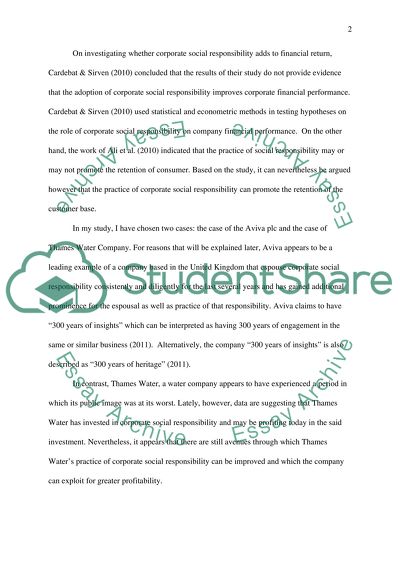Cite this document
(“Corporate Social Responsibility and Mass Media Essay”, n.d.)
Corporate Social Responsibility and Mass Media Essay. Retrieved from https://studentshare.org/journalism-communication/1441068-case-study-students-should-pick
Corporate Social Responsibility and Mass Media Essay. Retrieved from https://studentshare.org/journalism-communication/1441068-case-study-students-should-pick
(Corporate Social Responsibility and Mass Media Essay)
Corporate Social Responsibility and Mass Media Essay. https://studentshare.org/journalism-communication/1441068-case-study-students-should-pick.
Corporate Social Responsibility and Mass Media Essay. https://studentshare.org/journalism-communication/1441068-case-study-students-should-pick.
“Corporate Social Responsibility and Mass Media Essay”, n.d. https://studentshare.org/journalism-communication/1441068-case-study-students-should-pick.


